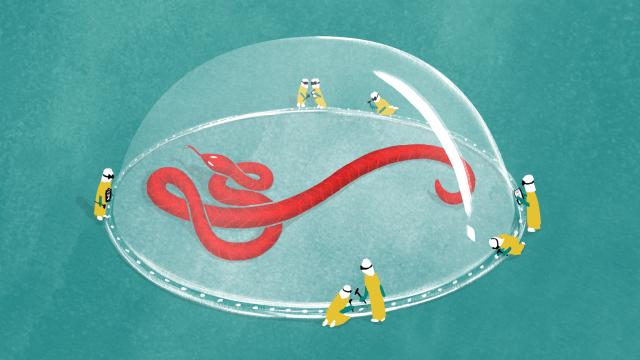The West African Ebola outbreak is finally starting to approach manageable levels, after nearly 18 excruciating months and over 11,000 lost lives. Here’s what the current situation on the ground looks like and how the battle against Ebola finally might be won.
This is the largest and longest Ebola outbreak in human history. At its peak, there were 950 confirmed cases each week, prompting fears of a global pandemic. Officials have reported 28,421 confirmed, probable, and suspected cases in Guinea, Liberia, and Sierra Leone. Of these, some 11,300 people have died — a fatality rate of 40%. A total of 881 healthcare workers have been infected; of those, 513 died.
The effects will be felt for years to come. The loss of so many medical personnel is expected to have downstream effects on the health system of affected West African countries, including a sharp rise in maternal mortality to the tune of an additional 4022 deaths each year for the foreseeable future. Moreover, the ability of healthcare workers to deal with other major diseases, like Malaria and Lassa (another hemorrhagic fever), was severely curtailed during the epidemic.
It’s an unprecedented crisis that demanded a quick and decisive response from governments, NGOs, healthcare workers, and scientists. Now the fight appears to be entering into a new phase, one brought about by increasingly resolute and conscientious action. However, many mistakes were made during the outbreak that prolonged the epidemic. Local and international groups have learned from these early mistakes, developing more effective containment and control strategies.
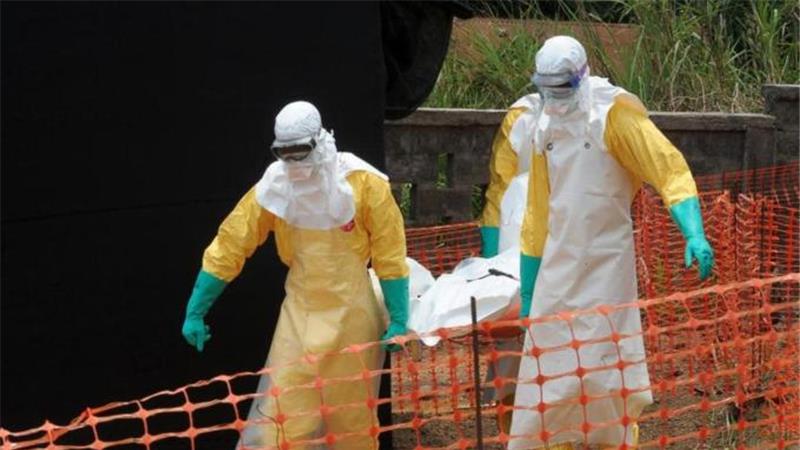
Photo credit: AFP/Getty
Entering Into a New Phase
The situation on the ground is markedly different today than it was just a few months ago. Early October 2015 marked the first weeks in which no new confirmed cases of Ebola were reported since March 2014. Liberia has officially been cleared of Ebola. Guinea was only weeks away from joining Liberia before the reports of two new cases only a few days ago. Sierra Leone is currently halfway through the minimum 42-day countdown.
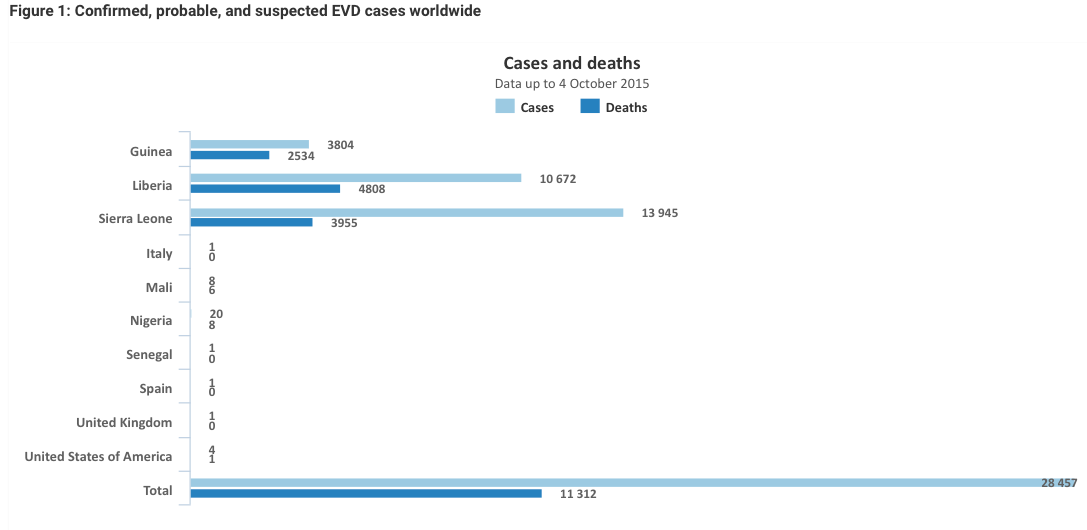
(Source: WHO)
Still, a near-term risk of a renewed outbreak remains a distinct possibility. A door-to-door campaign has been set up in each suspected district to locate potential infected individuals.
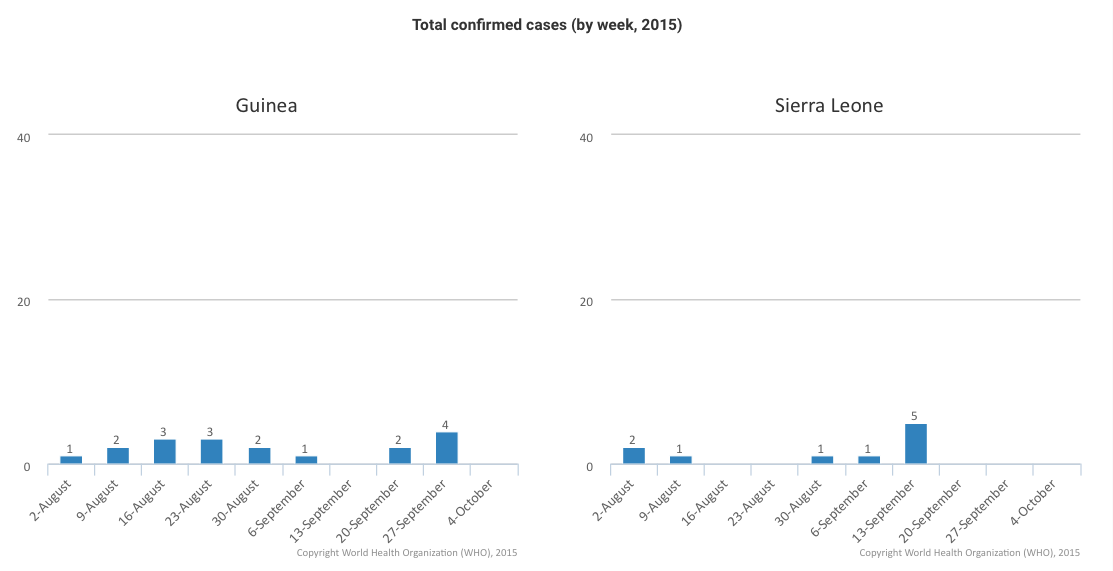
(Source: WHO)
There’s no question that the numbers have been steadily declining for months. Confirmed cases have remained below ten per week for 11 consecutive weeks. The virus has been confined to several small areas in western Guinea and Sierra Leone, leading the World Health Organisation (WHO) to conclude that the the epidemic has entered into a transitional third phase.
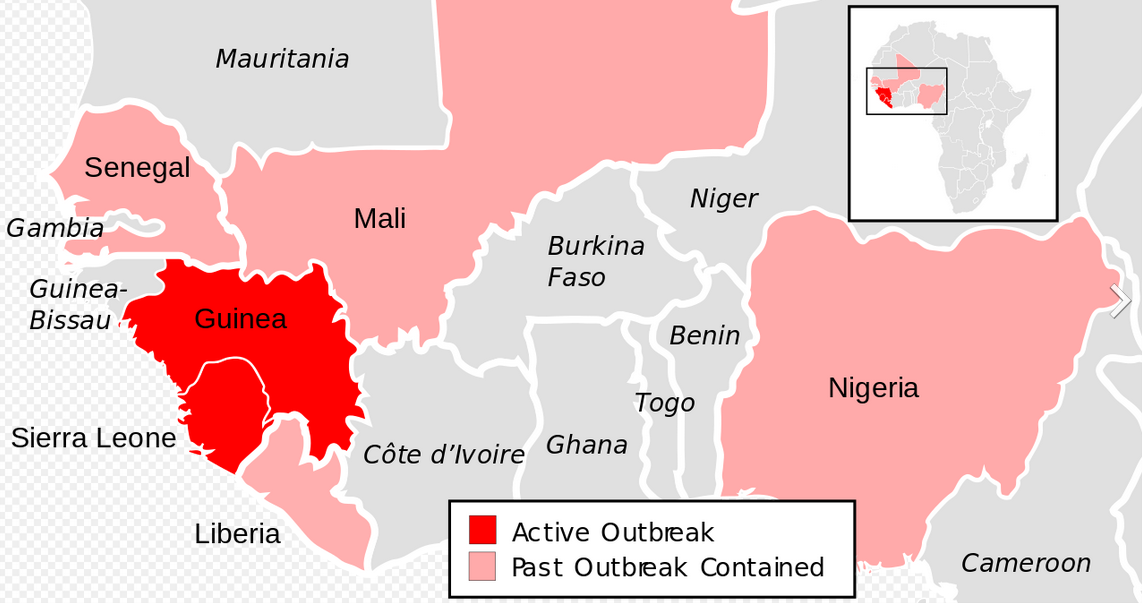
Ebola epidemic situation map (Credit: ZeLonewolf/wikimedia/cc)
That is very good news. Back in September 2014, the U.S. Centres for Disease Control warned that as many as 550,000 to 1.4 million cases of Ebola could emerge in Liberia and Sierra Leone alone in following four months. Likewise, researchers from Northeastern University in Boston, Massachusetts used a computer simulation to show the grim potential of the epidemic to spread around the globe, writing that if the outbreak is not contained, “the probability of international spread is going to increase consistently, especially if other countries are affected and are not able to contain the epidemic.”
Mercifully, the Ebola epidemic never got that bad.
Early Mistakes
A strong case can be made that, with sufficient preparedness and resolve, this outbreak should have never gotten so badly out of control. International organisations and local governments were ill-prepared to both recognise and deal with the epidemic when it first emerged in March 2014.
In particular, the WHO and CDC failed to recognise the seriousness of the situation, and through their dithering, allowed the disease to spread to alarming levels during the summer of 2014. Political considerations and inexperienced local WHO organisers — many of whom were appointed as political favours — also contributed to the delayed response.
These organisations had observers on the ground in West Africa in the spring of 2014, but mistakenly downplayed the serious of the situation during April and May, thinking that the epidemic was subsiding. But this outbreak was qualitatively different than previous ones, mostly in Central Africa. They didn’t take into account West Africa’s large population base, well-developed transportation infrastructure, and relative inexperience with the disease. Treating this epidemic like any other Ebola outbreak allowed the disease to flourish.
This past summer, a panel of experts severely criticised the WHO’s tardy response. The “WHO does not have a robust emergency operations capacity or culture,” the panel concluded. “[B]efore August 2014 WHO did not appropriately seek support from other United Nations agencies and humanitarian actors in the United Nations Inter-Agency Standing Committee system [and that] these resources could have been made available and known systems put in place.”
These actions might have averted the crisis that led to the need to establish the United Nations Mission for Ebola Emergency Response.
“The complexity of the situation had to be understood first to ensure the mitigation procedures put in place would result in the desired outcome,” explains George Kristopher Hughes, an Assistant Professor at the Department of Logistics and Resource Operations, U.S. Army Command and General Staff School. “That being said, if the international community would have acted sooner the virus may have come under control much sooner.”
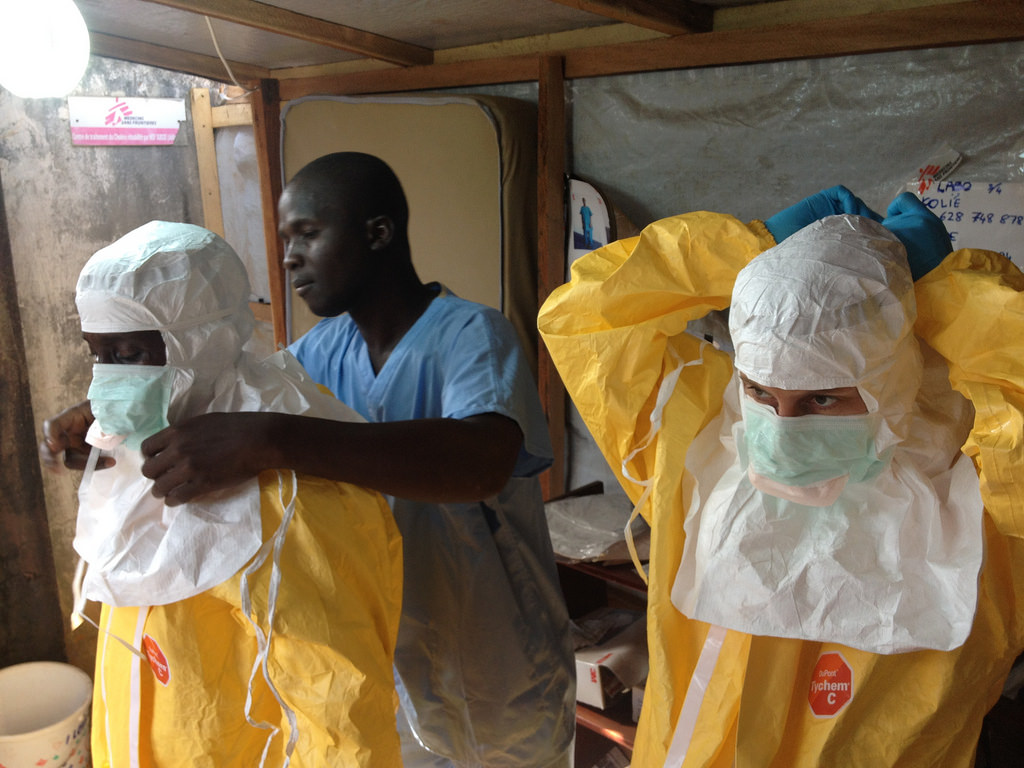
(Photo credit: European Commission DG ECHO)
One positive factor has been the contributions made by medical aid groups like Doctors Without Borders. Without their work in the early stages of the outbreak, the situation would have been a lot worse.
Taking Action
By the spring of 2014, the international response took on an added sense of urgency. It became increasingly clear that countries with weak healthcare systems and limited health infrastructures were simply not able to withstand the sudden shock of an epidemic; poverty made a bad situation even worse.
In light of this, there have been public calls for the establishment of fair and inclusive healthcare systems around the world, especially in those places that need it the most. But until that happens (which likely won’t be any time soon), and until poverty is eradicated (again, don’t hold your breath), the onus is on the developed world to take action. The international community eventually mounted its response after a costly delay.
The United States was among the many countries that played a crucial role in getting the situation on the ground under control. Hughes explained that the leadership of the United States Agency for International Development (USAID) — a government agency responsible for administering foreign aid — was able to work with the government of Liberia, allowing them to prioritise their actions and seek direct guidance.
The U.S. Department of Defence helped with the execution of the tasks outlined by the Government of Liberia and USAID, but Hughes says it was the inter-governmental and multinational coordination that deserves credit for preventing the virus from blowing up in the ways some people predicted. “While it took some time for the international community to act, once it did we saw immediate results,” he said.
Containment and Control
Screening infected individuals at the border and treating the first confirmed cases as a national emergency also helped contain the virus.
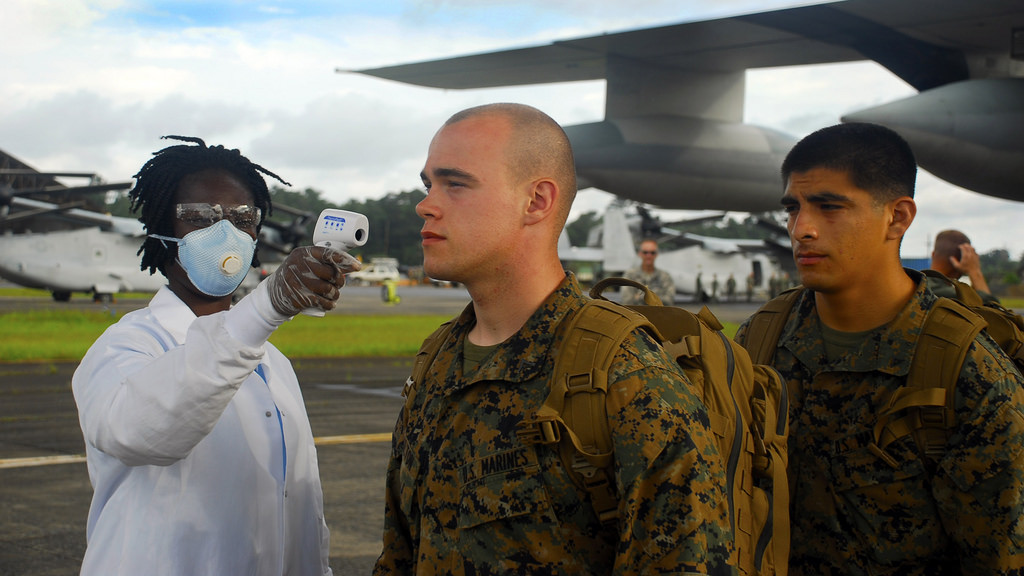
(Photo credit: U.S. Army)
Cross-border contamination remains a huge problem, says the WHO, and “no country can get cases down to zero as long as transmission is ongoing in its neighbours.” As demonstrated by Nigeria, Mali, and Senegal, the combination of excellent surveillance and laboratory support allowed for quick action before the outbreak could escalate.
At the same time, the quarantining of health workers returning to their home countries from the front lines of West Africa undermined efforts to curb the epidemic. As noted by Doctors Without Borders, the diligent health monitoring of returning workers from Ebola-affected countries is preferable to the “coercive isolation” of individuals who exhibit no symptoms.
Containing an epidemic of this severity required a multi-pronged effort by all stakeholders. Response measures had to be strong and coordinated. Warning that vigilance is still necessary, the WHO recently stated:
Aggressive contact tracing will not stop transmission if contacts are left in the community for several days while test results are awaited. Good treatment may encourage more patients to seek medical care, but will not stop community-wide transmission in the absence of rapid case detection and safe burials. In turn, the powers of rapid case detection and rapid diagnostic confirmation are diminished in the absence of facilities for prompt isolation.
Failure to adhere to these common sense guidelines means that “medical staff following strict protocols for infection prevention and control in clinics will be only partially protected.”
Community engagement also proved critical. Thanks to education campaigns and effective healthcare responses, local citizens understood the severity of the situation and acted accordingly. Over the course of the epidemic, those in stricken areas showed a declining willingness to hide infected patients at home, secretly bury bodies, violate quarantines, or resort to violence.
But communities did not — and cannot — do this on their own. Governments at all levels must continue to provide leadership. Public outreach, including the efforts of religious leaders and tribal chiefs, has proven critical in educating people about responsible action.
Right Tools for the Right Job
During the immediate response phase, an infrastructure must be established very quickly, and it must be flexible. By the end of 2014, the U.S. had constructed a number of hospitals, but they weren’t used to a significant extent because the outbreak was already dying down.
That said, health workers were increasingly equipped with the right tools for the job.
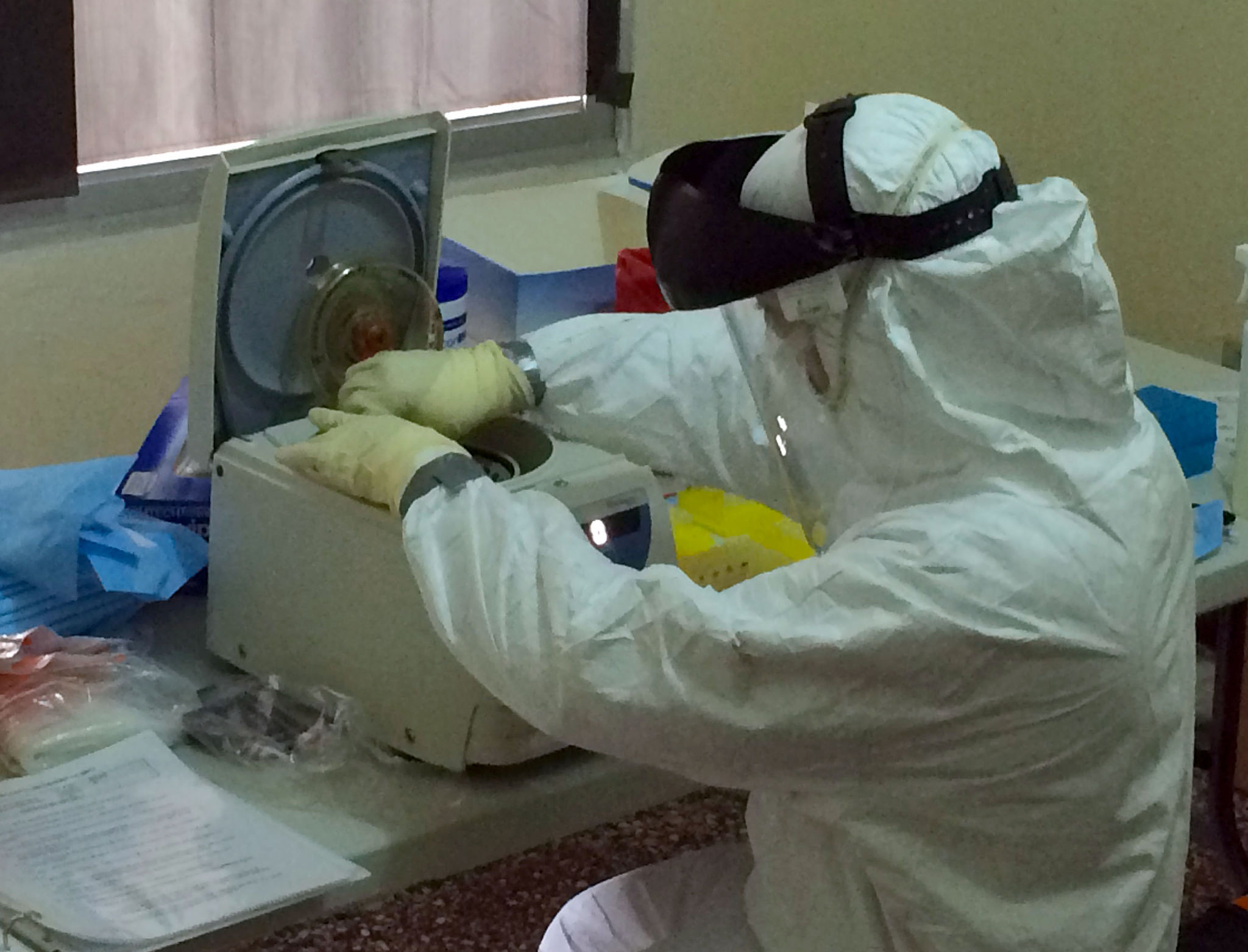
A mobile lab in use in Liberia (Credit: UN)
“The use of the [new] Mobile Labs that provided the Ebola virus identification test, which took only four hours to process, resulted in positive identification of those infected with Ebola and those suffering from other diseases,” Hughes said. “The correct identification of those infected with Ebola led to proper quarantine and treatment, which reduced the spread of the virus.”
Until the new labs were up and running, health workers had to wait two to five days just to get a preliminary Ebola diagnosis confirmed. Using the new lab, it takes just three to five hours to get results.
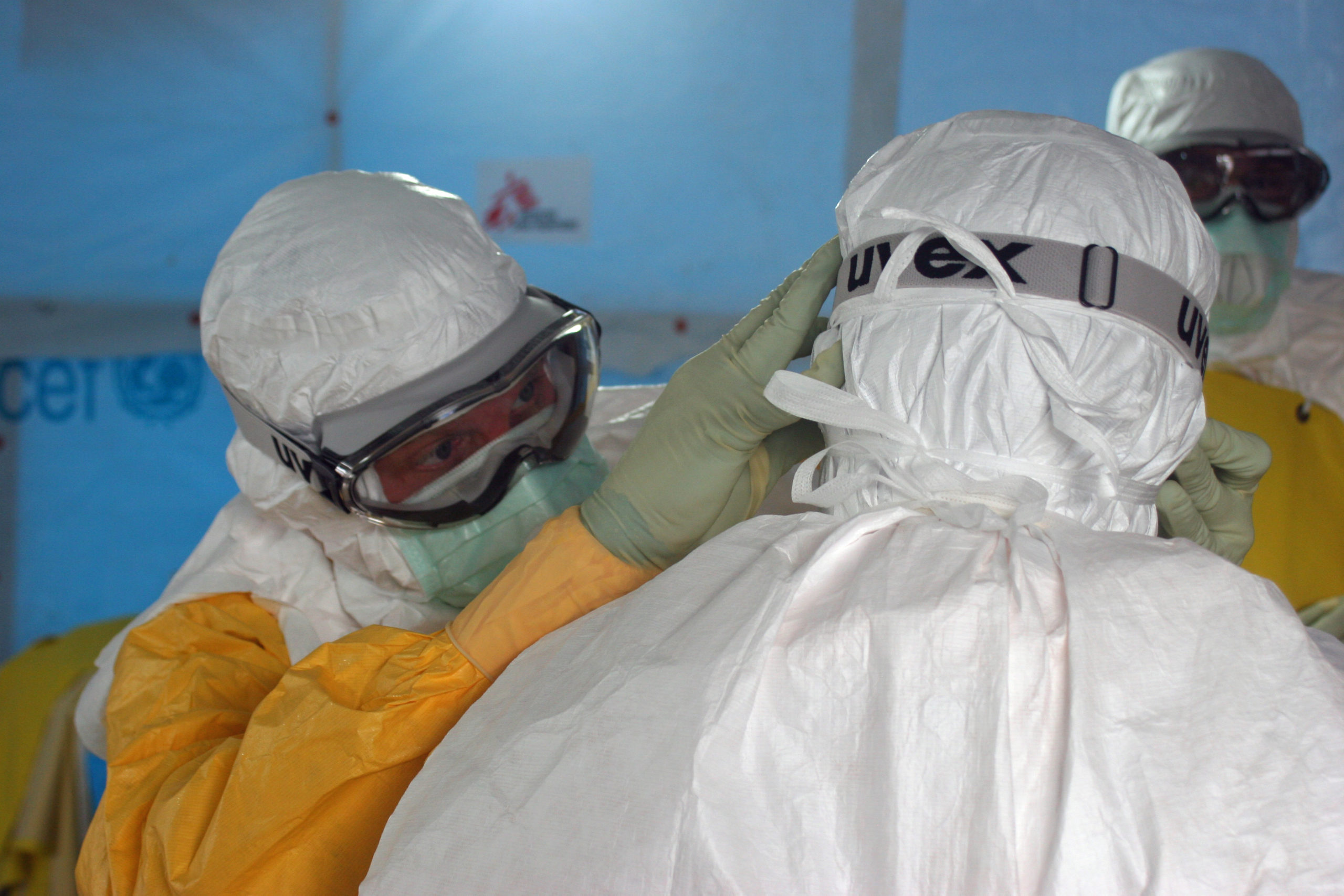
(Photo credit: Athalia Christie/CC)
The use of Personnel Protective Equipment (PPE) by relief workers helped keep them safe and dramatically slowed the spread of the virus, thanks to the ramped-up distribution of such suits by the Defence Logistics Agency. Early on, some healthcare workers reportedly had protective suits with sleeves that were too short, while others wore latex gloves secured with adhesive tape to their overalls. This may partly explain why so many healthcare workers were infected in the earliest days of the outbreak.
The WHO is currently providing PPE modules to cover health care workers. These modules support ten patient beds for ten days for all staff with essential functions. PPE modules and training manuals are being deployed to every country on the African continent, while the UN is stockpiling extra PPEs in case of a future emergency.
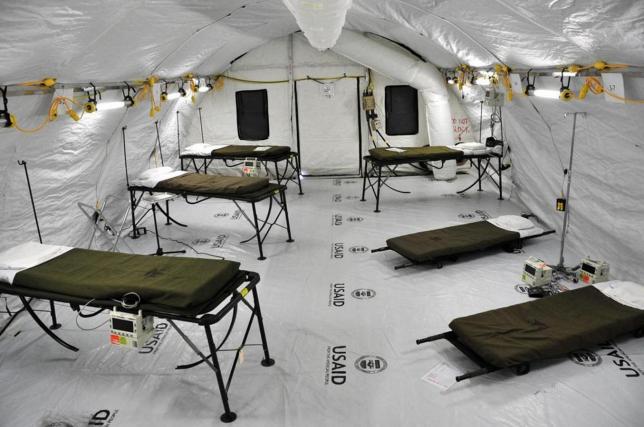
(Photo credit: Reuters)
Something as simple as early bed delivery could have dramatically lessened the effects of the outbreak. According to experts at the London School of Hygiene & Tropical Medicine (LSHTM), earlier bed delivery could have halved Sierra Leone’s Ebola outbreak. The delivery of nearly 3,000 beds between September 2014 and February 2015 prevented 57,000 Ebola infections and 40,000 deaths. Had this happened just one month earlier, there could have been 7,500 fewer deaths in Sierra Leone alone.
Learning About the Virus
Prior to the current outbreak, scientists had little opportunity to study Ebola, both in terms of how it spreads and how it affects individuals. One thing we’ve learned is that we don’t need to panic. The situation will never get as bad as the one portrayed in The Hot Zone — a book that fuelled much of the hysteria around Ebola and the recent outbreak.
Ebola doesn’t proliferate as voraciously as previously assumed, nor is it as easy to catch as the public originally thought. However, the virus will probably never be completely eradicated in Africa, so we should continue to expect individual cases and (hopefully minor) outbreaks in the years to come.
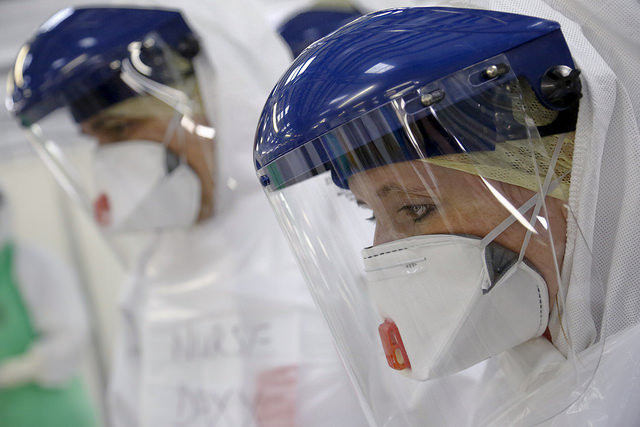
NHS medics train to tackle Ebola in Sierra Leone (Photo credit: DFID)
Early treatment is critical. According to infection control specialists working in Sierra Leone’s government-run Hastings Ebola Treatment Center, patients who cannot be saved tend to be those who receive treatment too late.
We need to significantly raise the quality of healthcare in West Africa and elsewhere. Fatality rates were 71% in affected countries, but dropped to 26% for foreign staff who were evacuated for specialised treatment in well-resourced countries.
Scientists have also developed what appears to be a functional vaccine, though its impact has yet to be felt. Undoubtedly, vaccines are incredibly beneficial, but the keys to preventing future outbreaks likely involves the strengthening of vulnerable parts of the world to make them more prepared and durable.
More recently, scientists learned that the Ebola virus can be sexually transmitted, and that it remains in the human body for at least 100 days. Ebola survivors are now told to abstain from sex or use condoms for at least six months, or until they test negative for the disease.
Looking to the Future
To prevent further outbreaks, the international community must help these impoverished countries build more resilient healthcare systems, and reduce poverty rates. Poverty played a critical role in exacerbating — and even causing — this epidemic.
Ebola spreads from animals to humans; it seems that fruit bats transmitted the disease to 2-year-old Emile Ouamouno, the epidemic’s patient zero. So people must be discouraged from encroaching into so-called animal reservoirs. Yet locals enter into these areas for hunting and logging frequently — a direct result of the lack of economic well-being in these regions of the world.
While it’s tempting to halt scientific research now that the epidemic appears to be waning, that research must continue unabated. Furthermore, healthcare workers need to be compensated fairly and appropriately, recovering communities need to avoid “post-Ebola syndrome” and the stigmatization of survivors, national, international, and non-governmental organisations must remain vigilant and committed to maintaining control and prevention measures.
We are now better equipped to deal with similar epidemics in the future, but the biggest lesson learned, according to Hughes, was that “it requires a whole government approach to tackle a challenge of this magnitude.”
Additional reporting by Andrew Liptak.
Sources: WHO Ebola Situation Report [WHO Ebola Response [WHO Ebola Response Phase 3 [The World Bank [UN Progress Report 2015]
